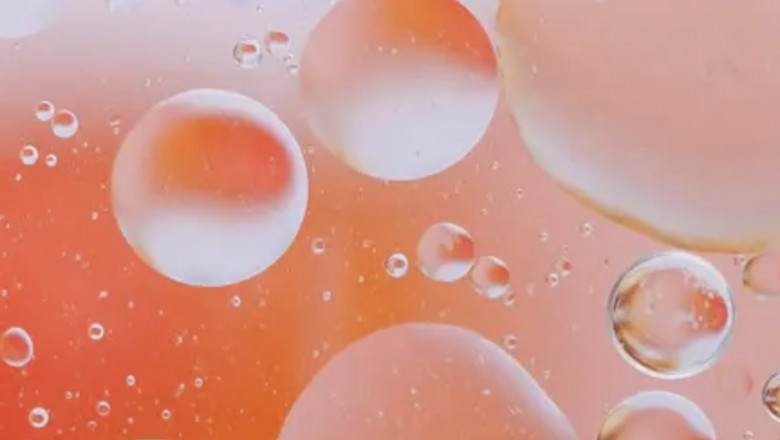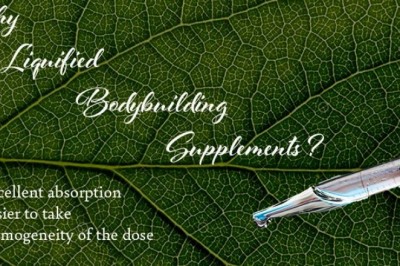views

CMA is granulated calcium magnesium acetate, a patented chemical formulation from dolomitic lime and acetic acid. It was first identified as a low corrosion, environmental alternative to road salt by the U.S. Federal Highway Administration in the late 1970’s. It was then tested and commercially developed. Today, CMA is used worldwide to answer environmental concerns and solve problems associated with corrosion and concrete spalling.
CMA is generally used in a solid form and spread on the surface like other deicers. Although CMA is effective to the same temperatures as salt, CMA has many unique performance characteristics. Therefore, first-time users should review product application guidelines closely. For answers to frequently asked questions regarding CMA, please see the information sheet.
CMA is also used in liquid form, generally for anti-icing roads and bridges. Here, the fluid is applied prior to a storm event to prevent snow and ice from bonding to the surface. Liquid CMA is typically formulated in the field from dry CMA.
Please see for a brief summary of CMA’s benefits, application information, and product specifications.
CMA Works Differently
When mixed with snow, CMA interferes with the ability of snow particles to adhere to each other or to the surface. It does not create a flowing brine like salt, but keeps the snow lighter and drier improving traction. Applied early in the storm, CMA prevents the formation of snow pack and the bonding of ice to the pavement surface, so snow and ice can be removed more easily by plow, broom or shovel.
CMA Has Residual Action
Because CMA does not produce a running brine, it does not move off the surface like other deicers. Therefore, fewer applications are needed during a storm and from storm to storm. Experience has shown that surfaces treated with CMA often exhibit anti-icing properties during subsequent periods of freezing moisture.
CMA Is Applied “Bottom Up”
Early application is the key to effective performance of all deicers, including CMA. At the beginning of a snow event, a heavier application of CMA may be appropriate depending on local conditions. Snow plows and the action of traffic will remove the snow – leaving a residual layer of CMA. Application rates may be decreased as the storm continues.
CMA exhibits very low corrosion rates on metals found in bridges, roadways, parking garages, and other steel and concrete systems. Commonly described as being about as corrosive as tap water, CMA is often used as the corrosion standard by which other deicers are judged. Years of real-world use coupled with laboratory tests throughout the 1980’s and 1990’s sponsored by the U.S. FHWA, U.K Department of Transport, and other independent institutions have concluded: CMA is a proven low corrosion deicer.












